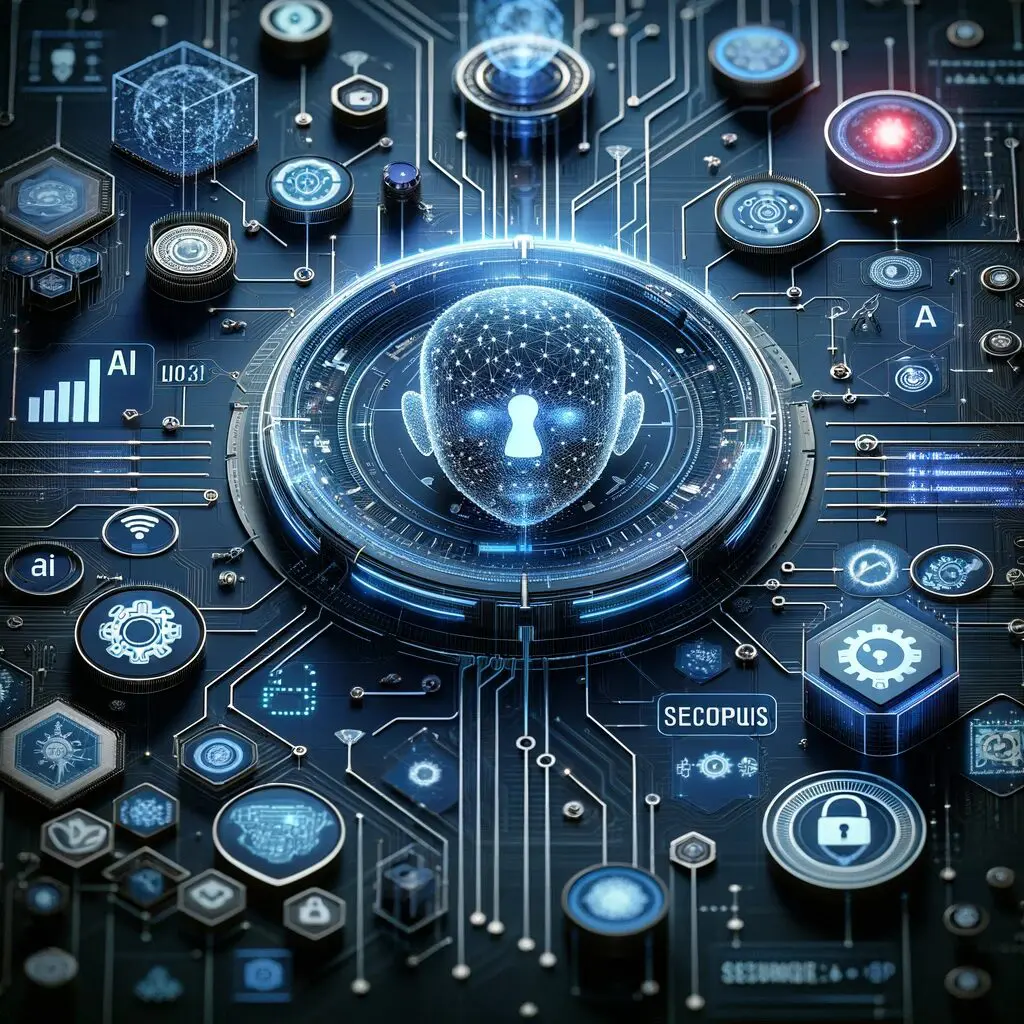
The Intersection of AI and Cybersecurity
In today’s digital world, where technology touches nearly every aspect of our lives, cybersecurity has become a critical concern. As cyber threats grow more sophisticated, artificial intelligence (AI) is emerging as a powerful ally in the fight against these evolving dangers. AI’s capabilities are revolutionizing how we protect sensitive data, detect malicious activity, and respond to security breaches, but its dual-use nature also introduces new risks that demand careful management.
Challenges and Risks of AI in Cybersecurity
While AI enhances defense mechanisms, it also introduces new risks. Cybercriminals are leveraging AI to create more sophisticated attacks. AI-powered tools can automate phishing campaigns, craft malware that adapts to security measures, and even use deepfake technology for identity fraud.
Another concern is the potential for false positives and negatives. An over-reliance on AI can result in missing subtle threats or mistakenly flagging legitimate activity as malicious, leading to operational inefficiencies.
Furthermore, AI models are vulnerable to “adversarial attacks,” where attackers manipulate inputs to trick the system into misclassifying data. For instance, small alterations to malware code can bypass AI-driven detection systems.

Ethical and Privacy Concerns
AI systems rely on massive datasets to function effectively, raising questions about user privacy and data protection. How organizations collect, store, and process this data must align with ethical standards and regulations like the General Data Protection Regulation (GDPR).
Additionally, the use of AI in surveillance can lead to ethical dilemmas, as it may infringe on individual freedoms if misused by governments or corporations.
The Path Forward
To harness AI’s potential in cybersecurity while mitigating its risks, a multi-faceted approach is essential:
- Collaborative Innovation: Governments, tech companies, and cybersecurity experts must work together to develop ethical AI standards and secure technologies.
- Continuous Learning: AI systems should be continuously trained with the latest threat intelligence to stay ahead of attackers’ tactics.
- Regulation and Oversight: Clear guidelines on the ethical use of AI in cybersecurity should be established to prevent misuse.
- Human-AI Collaboration: While AI excels at processing vast datasets, human oversight remains critical to contextualize findings and make informed decisions.
AI is reshaping the cybersecurity landscape, offering unparalleled tools to defend against cyber threats. However, the technology’s dual-use nature and potential for misuse underscore the need for careful management and ethical oversight. By balancing innovation with responsibility, we can create a safer digital future where AI and cybersecurity work hand in hand to protect the world’s interconnected systems.




